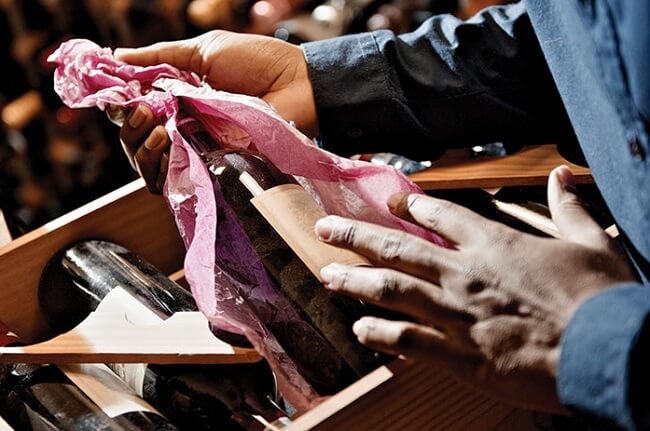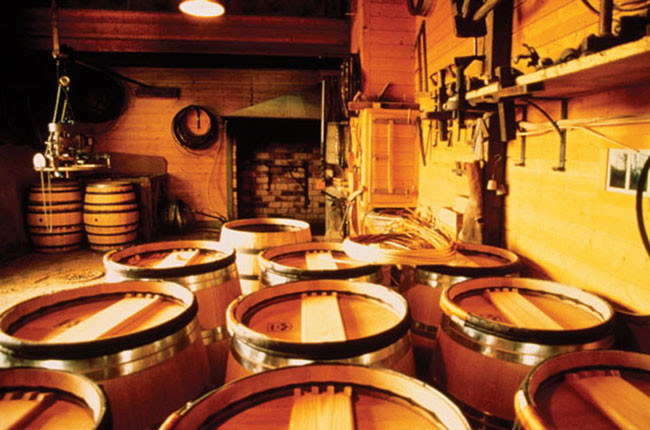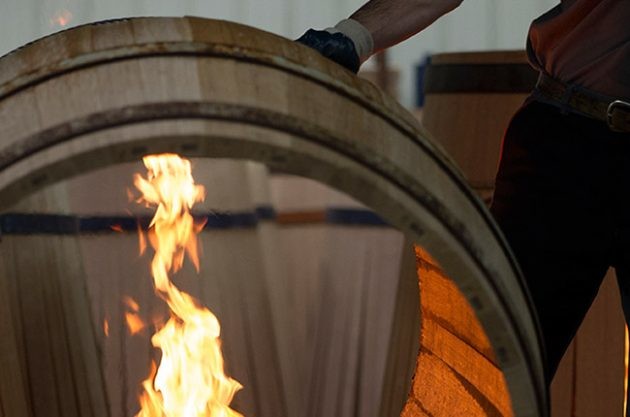Is Italy’s love affair with the barrique over? Simon Woolf investigates.
This column was first published in the Decanter magazine May 2018 issue. Join Decanter Premium to get more Decanter magazine articles online.

There ’s a brief but dramatic moment in Paolo Casalis’ 2014 film Barolo Boys: The Storyof a Revolution when winemaker Elio Altare takes a chainsaw to an imposing line of botti (traditional large oak casks) standing in his family’s cellar.
His ritual destruction of these venerable vessels, enacted in 1983, had a practical purpose – to make space for newly purchased, smaller French oak barriques. But the potent symbolism was clear – the supposedly fetid, decaying botti represented the old order. Lines of perfect, newly coopered barriques sent out a clear message of modernity and style.
What seemed cutting-edge in 1983 had become de rigueur for prestigious Italian wineries by the late 1990s. But more recently, the barrique’s decisive oaken caress has fallen out of favour, from Friuli in the northeast to Sicily in the south and all points between.
Italy’s winemakers are increasingly switching to alternative materials and vessels for fermentation and ageing, ranging from the arcane to outright outré.
Where barriques once stood, now might be amphorae, Georgian qvevris, concrete eggs or large acacia barrels. Is this merely the cyclical grind of fashion’s treadmill, or part of a more decisive movement towards greater authenticity and expression?

All rights reserved by Future plc. No part of this publication may be reproduced, distributed or transmitted in any form or by any means without the prior written permission of Decanter.
Only Official Media Partners (see About us) of DecanterChina.com may republish part of the content from the site without prior permission under strict Terms & Conditions. Contact china@decanter.com to learn about how to become an Official Media Partner of DecanterChina.com.










Comments
Submit